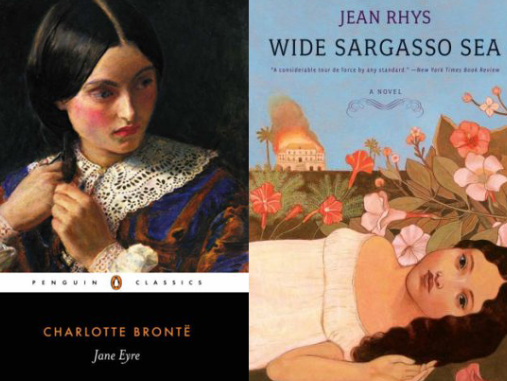The Importance of Dreams in Jane Eyre
Dreams play a significant role in Charlotte Brontë’s “Jane Eyre.” They offer insight into the protagonist’s innermost thoughts and struggles, illustrating her journey toward self-discovery and empowerment. Understanding these dreams enhances our appreciation of the novel’s themes, including love, freedom, and identity.
The Symbolism of Dreams
Throughout “Jane Eyre,” dreams symbolize Jane’s desires and fears. One notable example is when Jane dreams of a mysterious figure, often interpreted as a representation of her suppressed emotions and aspirations. These dreams serve as a mirror, reflecting her longing for love and belonging in a world that often feels hostile. They not only reveal Jane’s inner conflict but also foreshadow significant events, emphasizing the connection between her subconscious and her waking life. This interplay between dreams and reality allows readers to grasp the depth of her character and the struggles she faces.
Dreams as a Path to Self-Discovery
Jane’s dreams often guide her toward self-realization and personal empowerment. For instance, her recurring visions prompt her to confront her feelings for Mr. Rochester, leading to critical turning points in her life. Instead of merely serving as escapism, these dreams encourage Jane to acknowledge her desires and aspirations actively. They push her to pursue happiness and equality, even in the face of societal constraints. This journey of self-discovery ultimately transforms her from a mistreated orphan into a strong, independent woman who values her worth.
The Role of Dreams in Relationships
The dreams in “Jane Eyre” also highlight the complexity of Jane’s relationships, particularly with Mr. Rochester. Her dreams often reflect her fears and hopes regarding their connection. For instance, when she dreams of losing him, it signifies her deep-seated insecurities and the societal barriers that challenge their love. Conversely, moments of joyful dreaming reveal her longing for a deep emotional bond, which transcends class and social expectations. This duality in her dreams reinforces the idea that love is a journey filled with both uncertainties and profound connections, making them essential to understanding Jane’s emotional landscape.
In conclusion, dreams in “Jane Eyre” serve as a powerful vehicle for exploring themes of identity, empowerment, and the complexities of love. They not only reveal Jane’s innermost thoughts and feelings but also propel her journey toward self-discovery. By examining these dreams, readers can gain a deeper understanding of Jane’s character and the societal constraints she navigates. For anyone interested in literature and character development, delving into the dreams of “Jane Eyre” is a rewarding experience, encouraging further exploration of this timeless classic.
